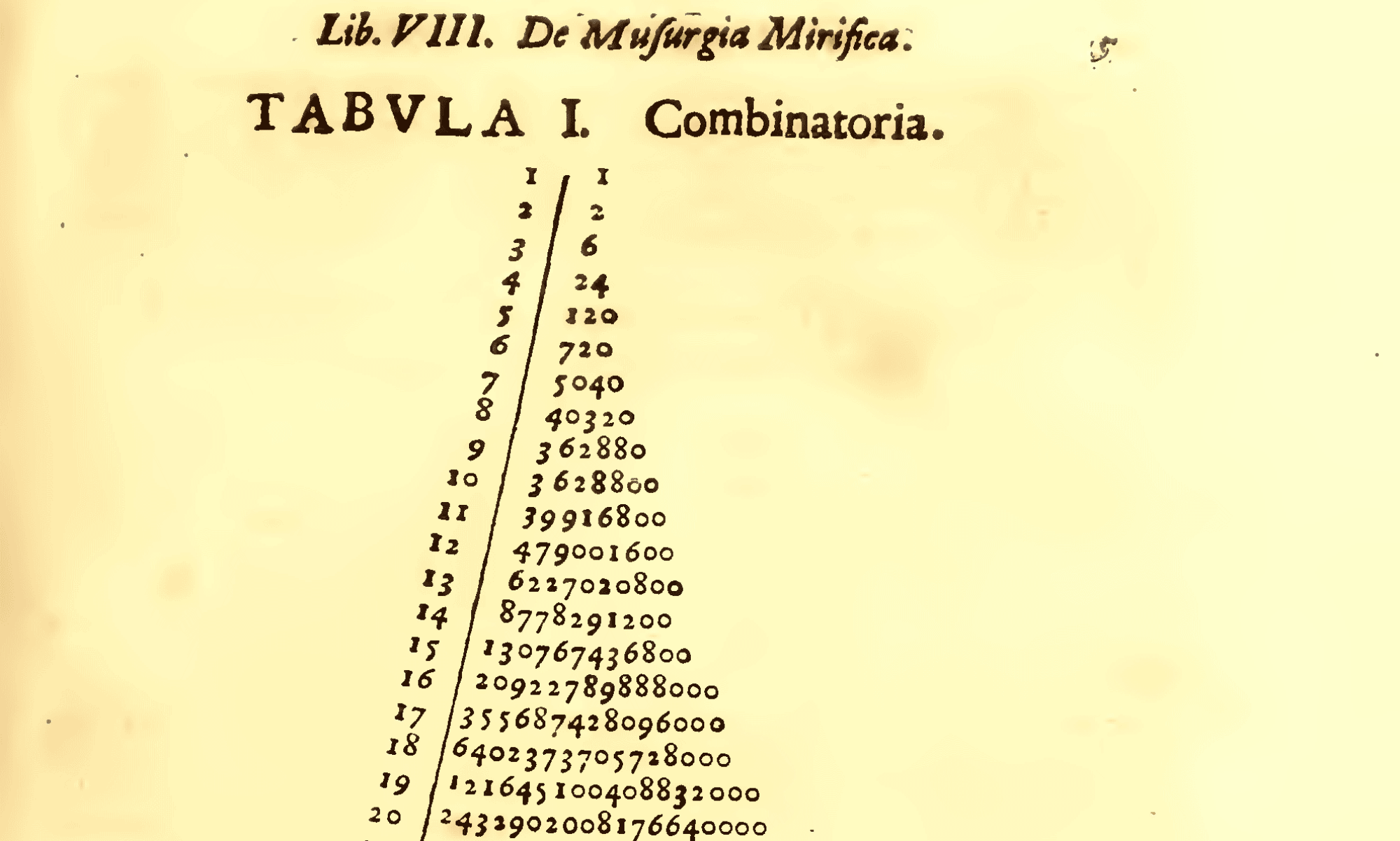ANG: machine music; NEM: Maschinenmusik.
D: »(Predvsem naziv za) glasbo, ki na programski način (glorificira in) opisuje stroje. V 20. stoletju je strojna glasba postal aktualna v naslovih skladb, kot so npr. Pacific 231 (A. Honegger), Die Messe des Maschinenmenschen (B. Stürmer), Machinist Hopkins (M. Brand), Pesem motorjev (L. Weiner) idr. ♦Konkretno glasbo♦ kot ♦glasbo šuma♦ sta napovedala veliko prej Manifesto dei musicisti futuristi (1911) in La Musica futurista. Manifesto tecnico (1911) F. B. Pratella. Vendar je šele prek Edgarda Varèsea … po letu 1920 neprogramska, substicialna strojna glasba prišla v prvi plan.« (‹EH›, 199)
KM: Seveda je primerov za s. g. veliko več, kot je omenjenih v D, npr. Zavod (1926) A. V. Mosolova, Ballet méchanique (1923–1924) G. Antheila (‹FR›, 50; ‹SLON›, 1463) itn. V MACHLIS 1961: 155–157 se s. g. povezuje z »urbanizmom«, ki naj bi predstavljal slog in/ali gibanje.
KR: Povsem nenavadna je omemba ♦konkretne glasbe♦ v D, saj lahko ima s. g. zvezo z njo samo od daleč. Pomemben pa je tu zapis: avtor D ni uporabil »musique concrete«, ki se na NEM-govornem območju, pa tudi drugje, piše kot v izvirni FR-obliki, ko mislimo na ♦konkretno glasbo♦ v ožjem pomenu (gl. KR ♦konkretne glasbe♦). Sicer bi s. g. lahko zares predstavljala podvrsto ♦konkretne glasbe♦, če bi s tem pojmom razumeli vse vrste glasbe, ki posnemajo ali uporabljajo naravne ♦zvoke♦ in ♦šume♦, vendar bi bil potem pojem neomejen (gl. npr. D 1 in KR ♦realizma, glasbenega♦).
Pravilni pomen pojma je zmeraj najbolje povezovati z italijanskim glasbenim ♦futurizmom♦ in njegovimi neposrednimi »potomci«. To pa so vsi omenjeni primeri.
GL: ♦bruitizem♦, ♦futurizem♦, ♦intonarumori♦, ♦kromatična lestvica♦, ♦organizirani zvok♦, ♦rumorarmonio♦ = ♦russolofon♦, ♦russolofon♦ = ♦rumorarmonio♦.
PRIM: ♦glasba šuma, hrupa♦.
‹JON›, 154
